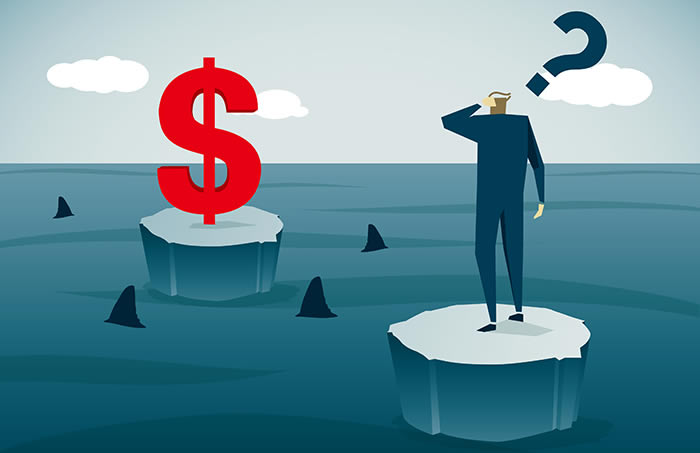Not all risks are preventable, but they are diminishable. In other words, it is always possible to reduce the likelihood that something bad might happen, and reduce the potential negative impact if something bad does happen.

No matter what, you’re going to face risks as an entrepreneur of a startup company, but there are always ways to minimize those potential risks.
Most first-time entrepreneurs are either overwhelmed by the sheer quantity of dangers they face as they step into the role, or are oblivious and underprepared for those risks due to lack of experience. My goal is always to help entrepreneurs realistically understand the types of risks they face, and how to minimize those risks as much as possible.
Large-scale risks are more dangerous and more obvious, such as running out of funding, experiencing a dramatic shift in customer demand, or losing an important client. Small-scale risks are less worrisome, but can cumulatively have a major impact on your business, such as the loss of a crucial team member, or a problem with a new product.
Not all risks are preventable, but they are diminishable. In other words, it is always possible to reduce the likelihood that something bad might happen, and reduce the potential negative impact if something bad does happen.
Follow these keys to mitigate your large-scale and small-scale risks in virtually any type of startup:
Again, you’ll never be an entrepreneur of a risk-free enterprise, but with these keys, you can reduce the potential consequences you face if things take a sour turn.
Reference
This resource is from Jose Vasquez (Huffpost).